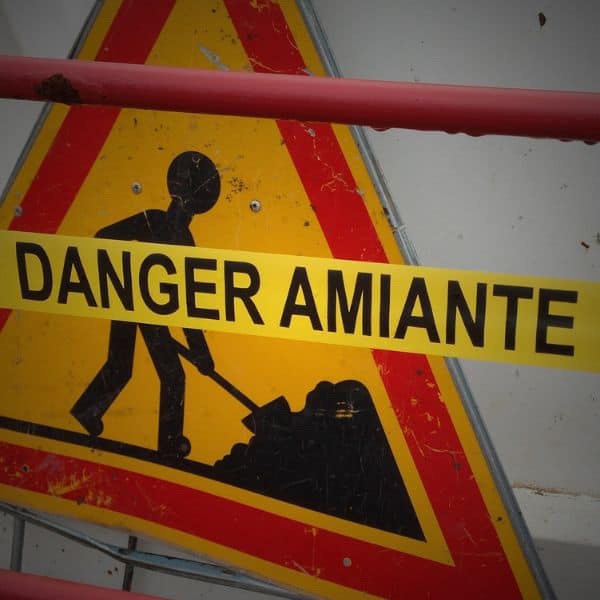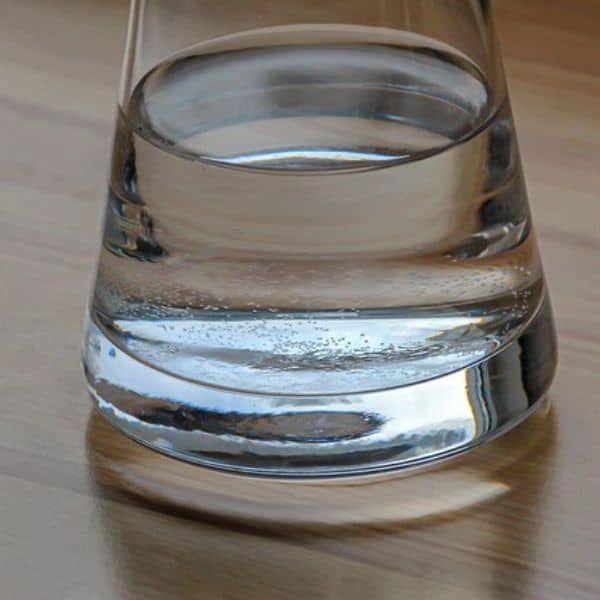What is Meant by Hardness in Water?
Hardness in water refers to the amount of calcium and magnesium present, usually measured in parts per million (ppm). Calcium and magnesium are essential minerals, but when they accumulate in high concentrations they can cause problems with plumbing fixtures, laundry detergents, and other household products. Hard water also tends to have an unpleasant taste.
The degree of hardness is divided into three categories:
- mild (1-3.5 ppm)
- moderate (3.6-7.0 ppm)
- hard (7.1 ppm or higher)
Mildly hard water may result in a small amount of scaling on bathroom fixtures but does not pose any safety issues for drinking or other domestic uses. Moderately complex water can be used for most everyday tasks like washing dishes or clothes but may require more detergent than usual to create enough lather for cleaning.

Can Brita Filter Soften Hard Water?
Brita water filter pitchers cannot soften hard water. Some Brita filters incorporate ion exchange resin to remove cadmium, mercury, and copper. However, it cannot remove the elements that make water “hard”—calcium and magnesium, as seen in their performance data sheet.
How Do Brita Filters Work?
Brita filters are a popular choice for water filtration due to their convenience and affordability. But how do Brita filters work? Standard Brita filters are a combination of activated carbon and ion exchange filter packed in a BPA-free housing.
Activated carbon is charcoal treated with oxygen to make it more porous. These types of carbon filters remove chlorine and mercury. The ion-exchange resin then absorbs heavy metals such as copper, cadmium, and zinc. However, it is not effective at removing minerals like calcium and magnesium.
What Contaminants Do Brita Filters Remove or Reduce?
Brita water filters harmful contaminants in tap water. The Brita filtration process primarily focuses on reducing chlorine taste and odor. A Brita pitcher can also remove some heavy metals, pesticides, VOCs, and pharmaceutical residues, depending on the type of Brita filter. You can go through this Brita water filter review to learn more about it and its types.
A conventional Brita filter can remove copper, cadmium, and zinc. On the other hand, Brita Elite filters can remove more contaminants which include the following:
- Asbestos
- Pesticides (e.g. atrazine, endrin, simazine)
- Volatile Organic Compounds(e.g. benzene, ethylbenzene, tetrachloroethylene)
- Pharmaceutical residues (e.g. ibuprofen, naproxen, carbamazepine)
- Class I sediments
The latest addition to Brita’s lineup of pitcher filters is the Brita stream filter. It is designed to filter fast and remove chlorine (taste and odor), class VI particulates and 1, 2, 4 – trichlorobenzene from the source water.

How to Test Water for Hardness?
Even your filtered water can be hard and testing the hardness of water is very important. Hard water contains high levels of minerals, such as calcium and magnesium, that can cause problems in your home’s plumbing system and appliances. Fortunately, testing for water hardness is relatively straightforward and requires few materials.
Check with your local water municipality
Municipalities are responsible for testing local water supplies and can inform their residents about water hardness. Water hardness is the amount of dissolved minerals in the supply, such as calcium and magnesium. High levels of these minerals can cause a buildup in pipes and fixtures and make it difficult to lather when washing clothes or hair.
For those wishing to know more about their local water supply’s hardness, contacting your municipality is the first step. Many municipalities provide test results free of charge or at a minimal cost; if not available on their website, contact your municipality directly with any questions. Knowing the amount of hard minerals in your household’s water can help you decide what kind of filtration system might be needed to reduce them if necessary.
Perform the “clear bottle” test
The “clear bottle” test is an easy and inexpensive way to determine the hardness of your water without the need for additional tools or laboratory testing.
To perform the clear bottle test, simply fill a clear bottle with water and a few drops of dishwashing liquid( not detergent). Shake the bottle vigorously for at least 10 seconds. Put the bottle down. Observe the appearance of the bubbles and the clarity of the water. More bubbles and clearer water mean your tap water is soft. On the other hand, fewer bubbles and cloudy water could mean that your tap water use is hard.

Use a hard water kit
If you’re trying to figure out the hardness of your household water, a hard water kit is also an easy and reliable method. Testing for hardness is relatively simple; all you need to do is purchase a kit from your local home improvement store or online retailer.
The kit typically consists of test strips, a bottle of reagent liquid, a color chart, and instructions on how to use them. Generally, users need only dip the test strip into their drinking or bathwater sample. You only need to compare the strip to the color chart when it changes color. Each color on the chart corresponds to the hardness of the water sample and is measured in grains per gallon (gpg).
Common Signs of Hard water
Here are some common signs of hard water that homeowners should watch for:
Limescale
Limescale is one of the main signs of hard water. Calcium and magnesium compounds in the water cause limescale. When these minerals are in high quantities, they form deposits that build up over time in pipes and appliances.
The buildup usually forms a white or gray residue that may be visible on surfaces such as faucets, showerheads, taps, kettles, and baths. Limescale can lead to blockages within plumbing systems that can cause damage to kitchen appliances or other fixtures within your home.
Soaps do not lather
Another way to recognize if your home has hard water is by examining what happens when you use soap. If you notice that the soap does not lather easily or at all, this indicates that your home may have hard water.
Hard water contains high levels of minerals like calcium and magnesium, which prevent the formation of suds and bubbles when combined with soap molecules. This means that using soaps in a home with hard water will often appear as though no suds are being produced despite using considerable amounts of product or scrubbing vigorously.
Unpleasant taste
The unpleasant taste of your water can be a sign that your water is hard. Hard water contains high levels of minerals, such as calcium and magnesium, which can affect how the water tastes. Increased water hardness may taste slightly salty or bitter to some people and even appear cloudy when poured into a glass or container.

Effective Water Softening Methods
Hard water can contain various minerals and contaminants that can build up in the pipes, fixtures, and appliances over time. Softening hard water helps prevent these deposits from forming and ultimately lengthens the life of your plumbing and household items.
Fortunately, there are several effective methods for softening hard water at home.
Ion Exchange
Ion exchange is a method of water softening that uses an ion exchange resin to replace minerals like calcium and magnesium from hard water. This process helps to reduce the amount of soap scum buildup in dishes, appliances, and fixtures. Magnesium ions also help to provide better-tasting water for drinking or cooking purposes.
Reverse Osmosis
Reverse osmosis is one of the most effective water-softening methods in a home. It pushes water through a semipermeable membrane to filter out minerals and other contaminants found in hard water. This process yields clean, soft water, which helps minimize scale buildup on pipes and fixtures.
Distillation
Distillation is another effective water-softening method that can remove mineral impurities from water. Distillation works by heating the water until it evaporates, leaving solid contaminants behind. The vapor created then condenses into a separate container, leaving clean and pure drinking water.
Template Assisted Crystallization
Template Assisted Crystallization (TAC) uses TAC media beads that combine with calcium and magnesium and turn them into microcrystals. These microcrystals are released back into the water and remain suspended in the water, and do not adhere to surfaces. As a result, limescale does not build up and does not cause problems associated with it.
Chelation
Chelation is also a proper water-softening method. Chelation to soften hard water requires specialized equipment and the addition of certain chemicals, called chelating agents, which bind to the hard minerals in the water. These chelating agents can be organic or inorganic compounds that act as complexing agents to create stable molecules with metal ions and help remove them from the solution.
Conclusion
A Brita water filter can effectively remove some common water contaminants. However, if you are thinking about reducing your water’s hardness, you may want to consider other options. Brita pitcher filters are not designed to remove calcium and magnesium, which make your water hard.
So, think about other effective water-softening methods that you can use to remove hardness in water, such as ion exchange, reverse osmosis, distillation, template-assisted crystallization, or chelation.

